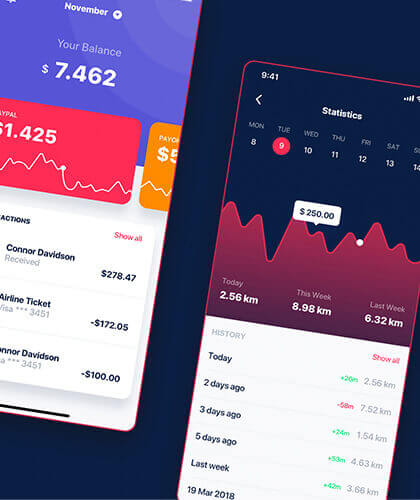Hey guys,
Because I get so many questions about this issue, I thought it would be a good idea to post an article on our blog, so that everyone can read and understand one of the most important factors your emailing campaign depends on: the bounce rate.
For those who don’t know it, the bounce rate is the number of emails that you send to a recipient, and who come back to your inbox, with an error message saying something like “sorry, this email does not exist”. We’ve all had this at leas once in our lifetime, most likely because of a spelling mistake when you write an email.
Well, when you send many emails, it is inevitable that some of them will bounce back. However, the percentage of emails that bounce back is extremly important, because any bounce rate above 8% – 9%, will have 2 consequences:
- an immediate one: your email routing services (like MailChimp, MailGun, SendInBlue, etc…) will suspend your account
- a more pervasive and subtle one, which you will notice when it is too late, or even worse, never: your email server reputation, and the reputation of your domain name will decline, and your emails will likely land it the spam folder of your recipients. You will not see this, no one will alert you, but the most likely tangible consequence is that fewer and fewer people will answer to your emails. Most of the marketers, seeing this apparently low efficiency of their email campaign, will draw the conclusion that the emailing channel is not a good communication channel, and will abandon it.
One of the strengths of GetEmail.io is that when you use it according to our recommendations, we deliver highly accurare emails, around 95% of accurate emails, and that makes all the difference.
Thanks !
PS. Depending on your industry and business, there are different strategies to decrease the bounce rate, I’ve stumbled upon an interesting use case here: https://solitaired.com/5-steps-that-decreased-our-bounce-rate-by-a-huge-41-percent


